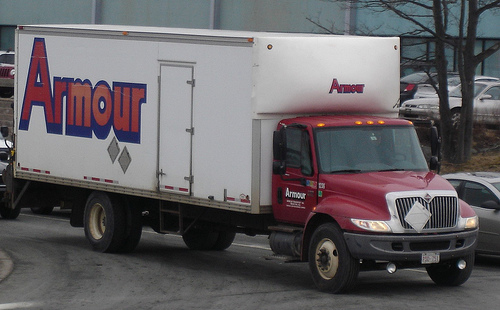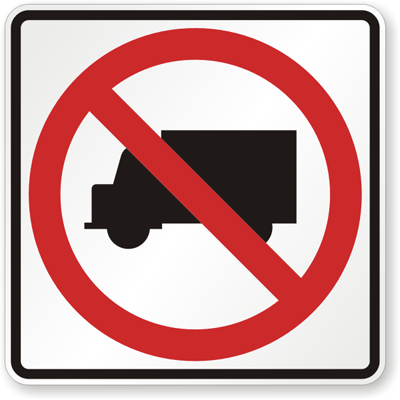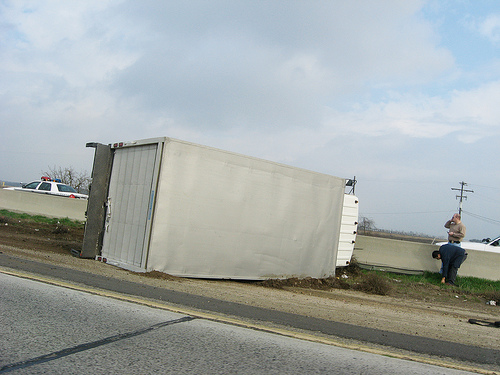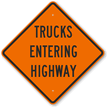New regs needed for single-unit trucks?
After analyzing a five-year-long study which discovered that single-unit trucks were involved in an inordinate amount of fatalities, The National Transportation Safety Board has assembled a host of safety recommendations that, if heeded, will affect highway safety for all drivers who share the road.
For the uninitiated, single-unit trucks are considered large trucks with a gross vehicle weight of over 10,000 pounds, with “non-detachable cargo units and have all axles attached to a single frame.” Focusing on single-unit truck crashes from 2005 to 2009, the study investigated the defining qualities of the crashes along with the severity of injuries involved. It contrasted the risks and identifying features of single-unit truck crashes with the equivalent of tractor-trailer crashes. Plain and simple, as the survey stated, these trucks were involved in a “disproportionate amount of passenger vehicle occupant deaths in multivehicle crashes.”
Some of the especially notable findings and safety recommendations from the study — which included research from federal databases, state records (including hospital and police reports), and case reviews of selected single-unit truck crashes — include:
- Single-unit trucks were associated with an inordinate number of passenger vehicle deaths in crashes involving multiple vehicles. These crashes have a gaugeable impact when measured in injuries, hospital and emergency department visits, and deaths. Specifically, as reported by the Commercial Carriers Journal, “Data that shows that, of crashes that involve large trucks, straight trucks are involved in 37 percent of fatalities, 49 percent of inpatient hospitalizations and 61 percent of emergency department visits.” Over the course of the five-year study, single-unit truck crashes resulted in approximately 1,800 deaths and thousands of injuries.
- Protective measures should include passenger vehicle protections as well as safety standards for the trucks, including subjecting single-unit trucks to tractor-trailer regulations, such as requiring rear underride guards tractor-trailers, for example. Other safety tools for guarding passenger vehicles, cyclists and pedestrians include technology to aid single-unit truck blind spots.

Safety guidelines for single-unit trucks like this one are set to change. Studies show that they’re disproportionately likely to be involved in serious accidents. From altheengineer.
Underride guards, which are steel bars that are hung from the backs of trucks’ trailers to prevent cars from sliding beneath in an accident, are one suitable safety feature, but others include improved data collection on these types of crashes, and establishing standards for both adaptive cruise control and collision warning systems.
The National Transportation Safety Board, which cannot enforce or make laws, made these recommendations to the Federal Motor Carrier Safety Administration, the National Highway Traffic Safety Administration, the Federal Highway Administration and the U.S. Department of Transportation. Part of the reason these dangers may have gone overlooked in the past is that the single-unit trucks are often wrongly classified in federal and state databases, which leads to an inaccurate picture of the often disastrous role they play in vehicle crashes.
“These trucks are ubiquitous in our communities,” NTSB Chairman Deborah A. P. Hersman said, according to Heavy Duty Trucking Magazine. “Yet they are exempted from many safety rules. We must do better for our citizens.”

No trucks sign from roadtrafficsigns.com’s Truck Signs department.
Category: Automotive, Traffic law, Trucks



















